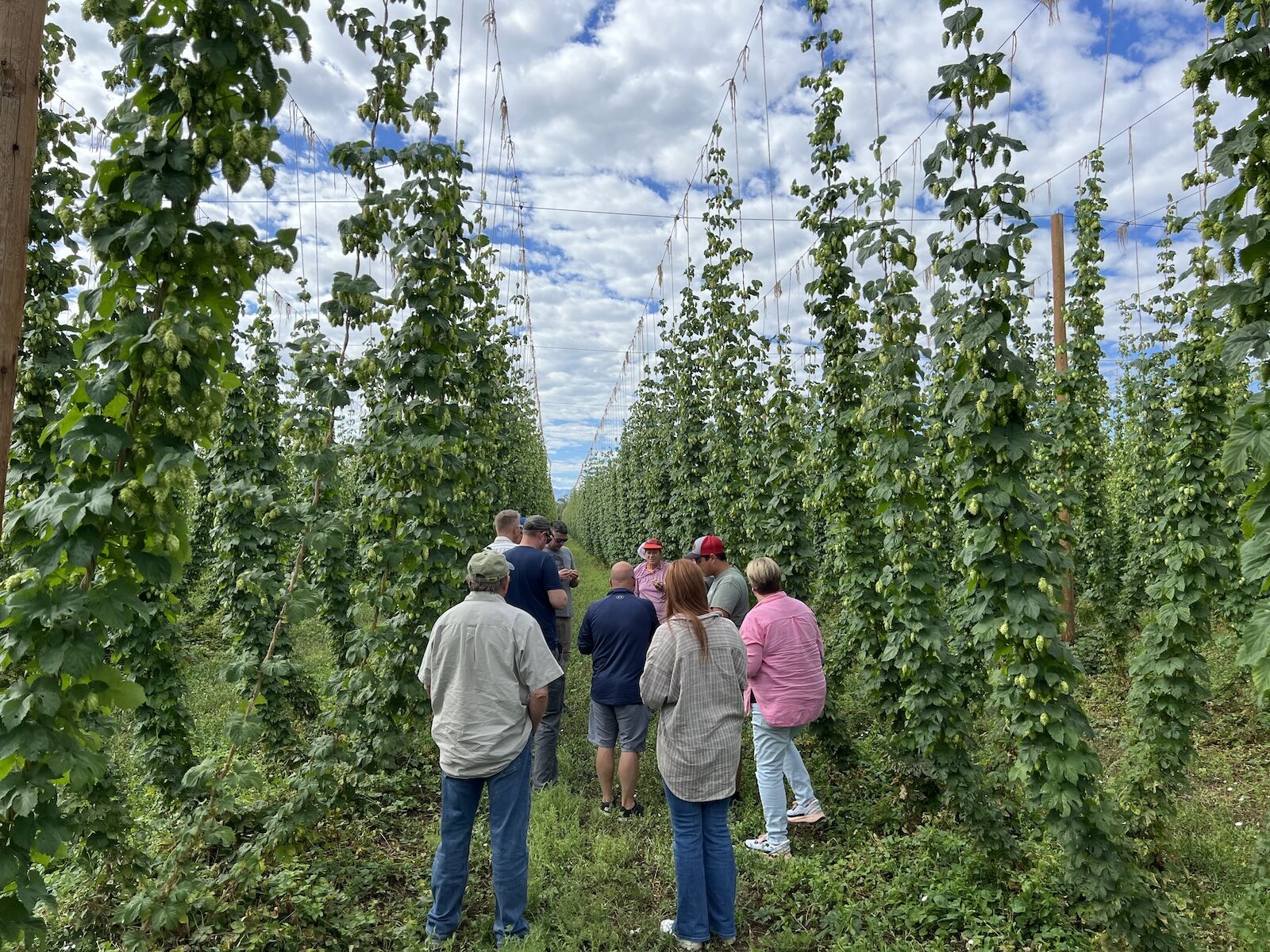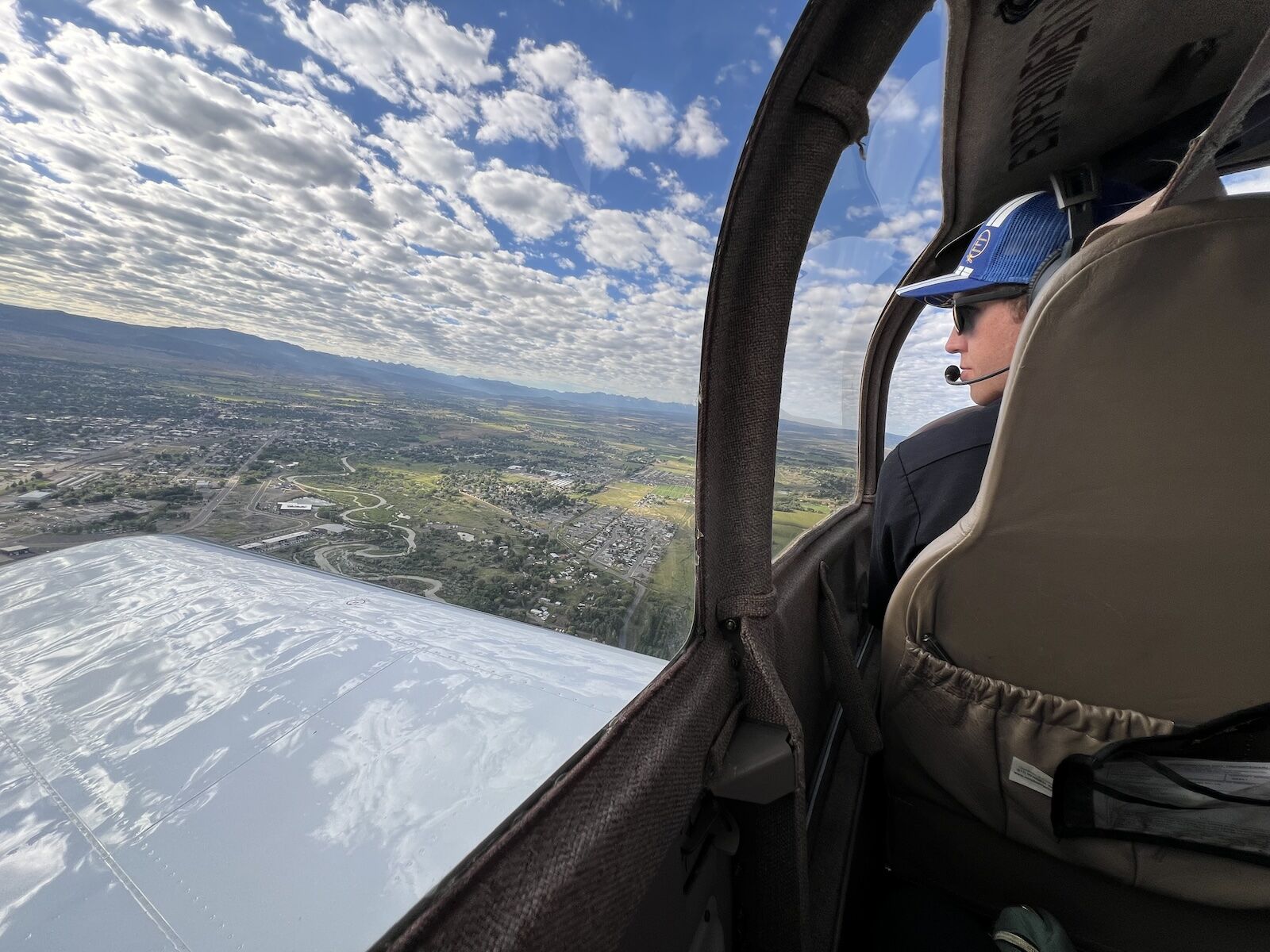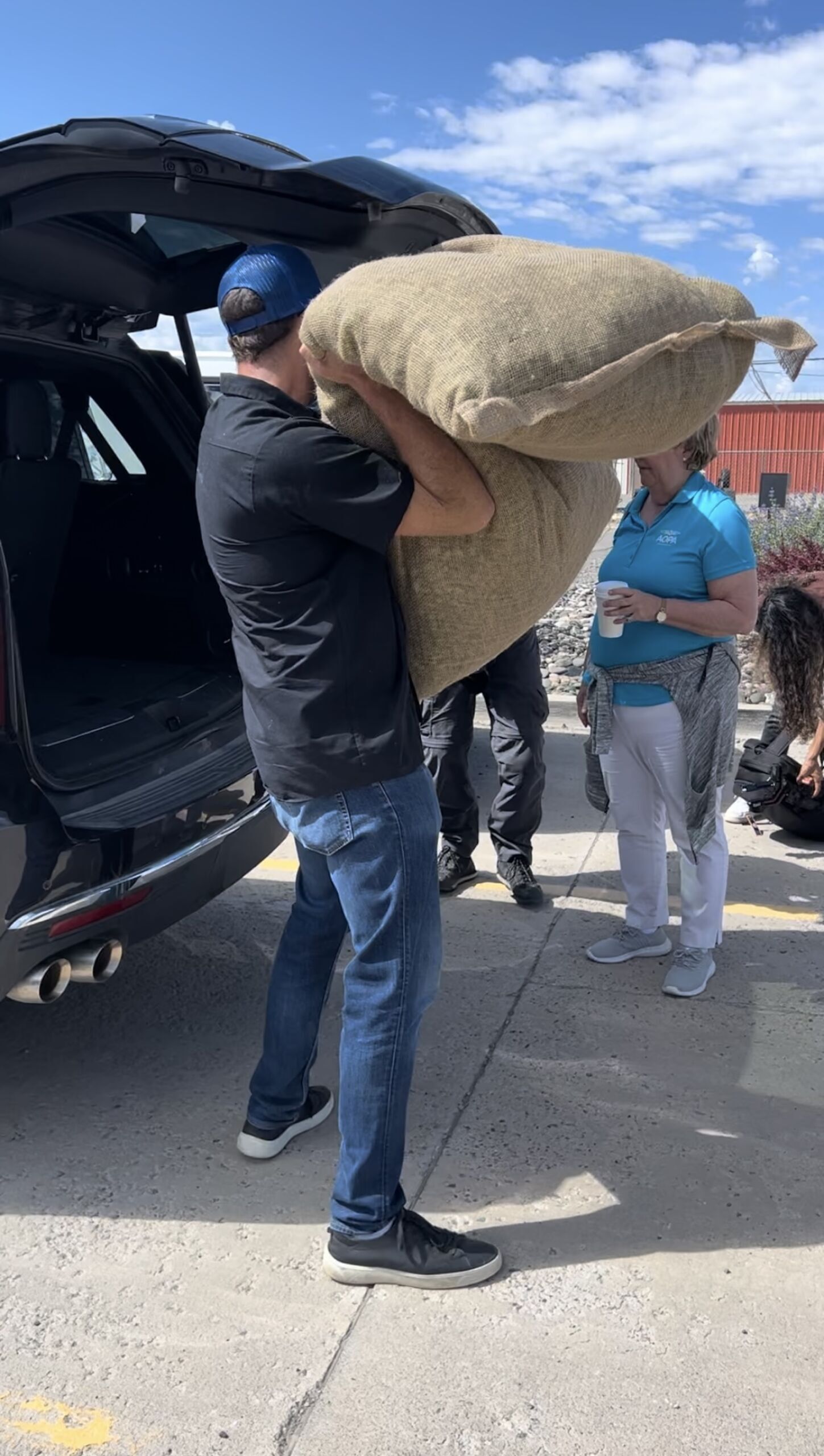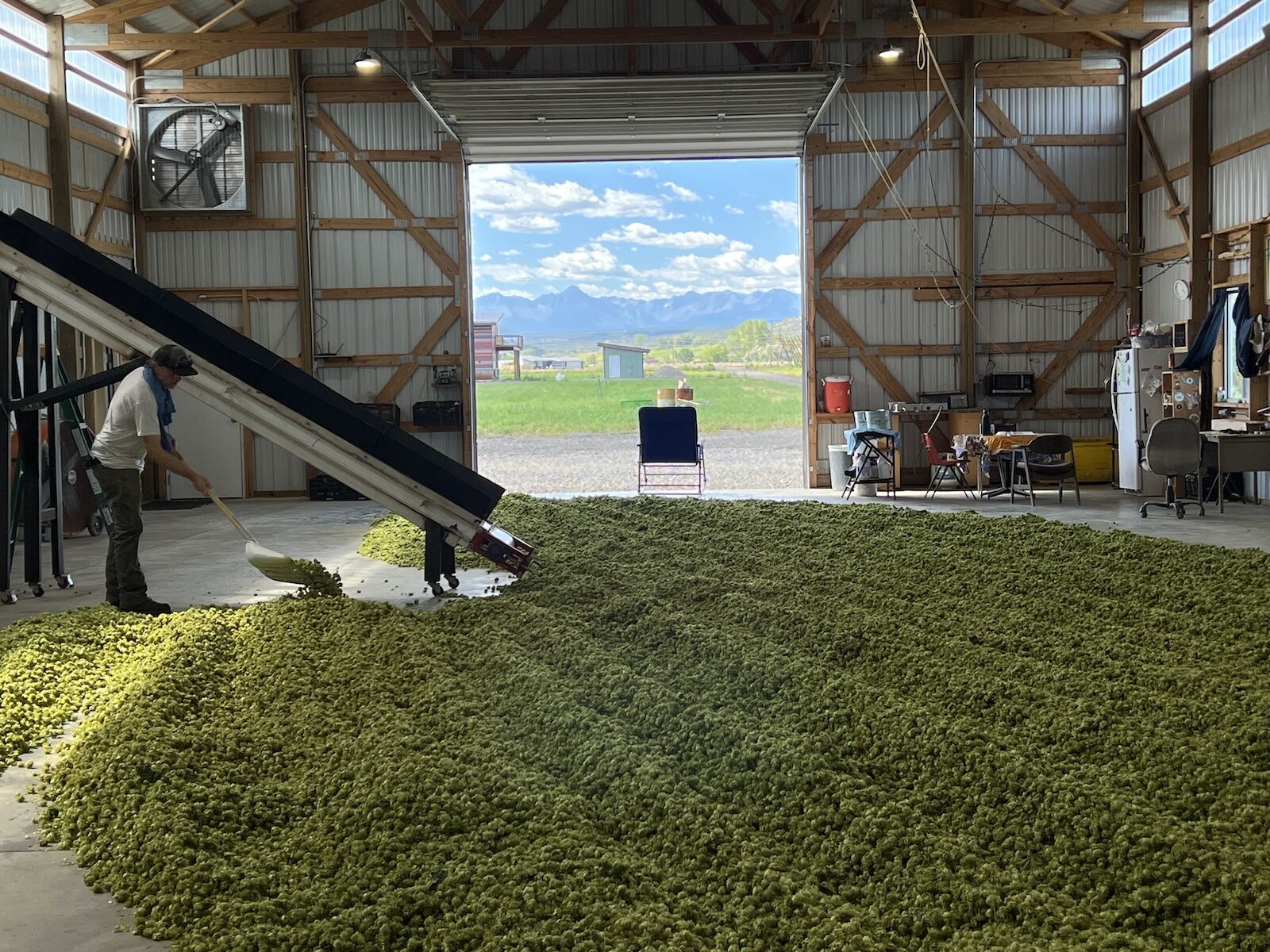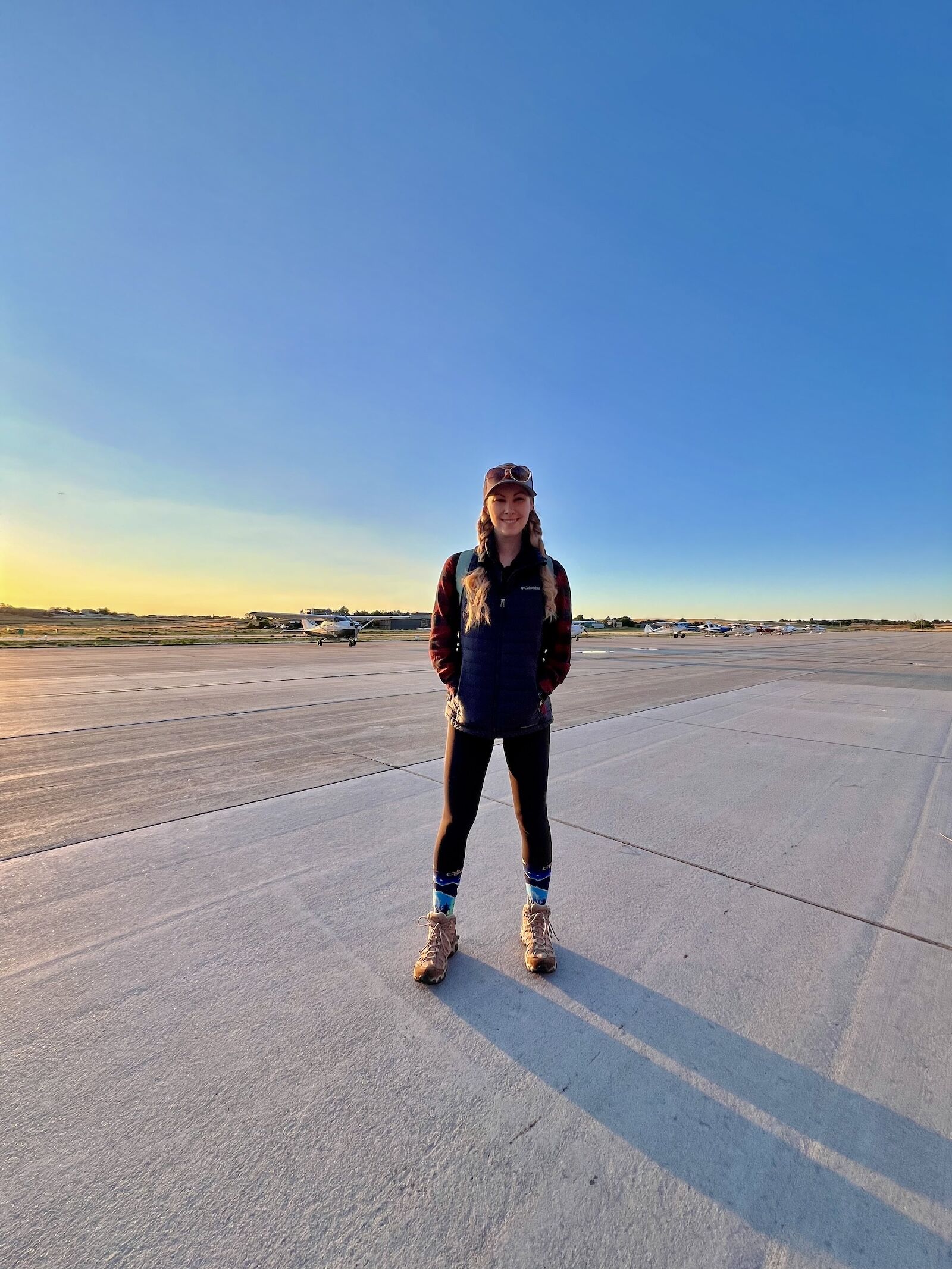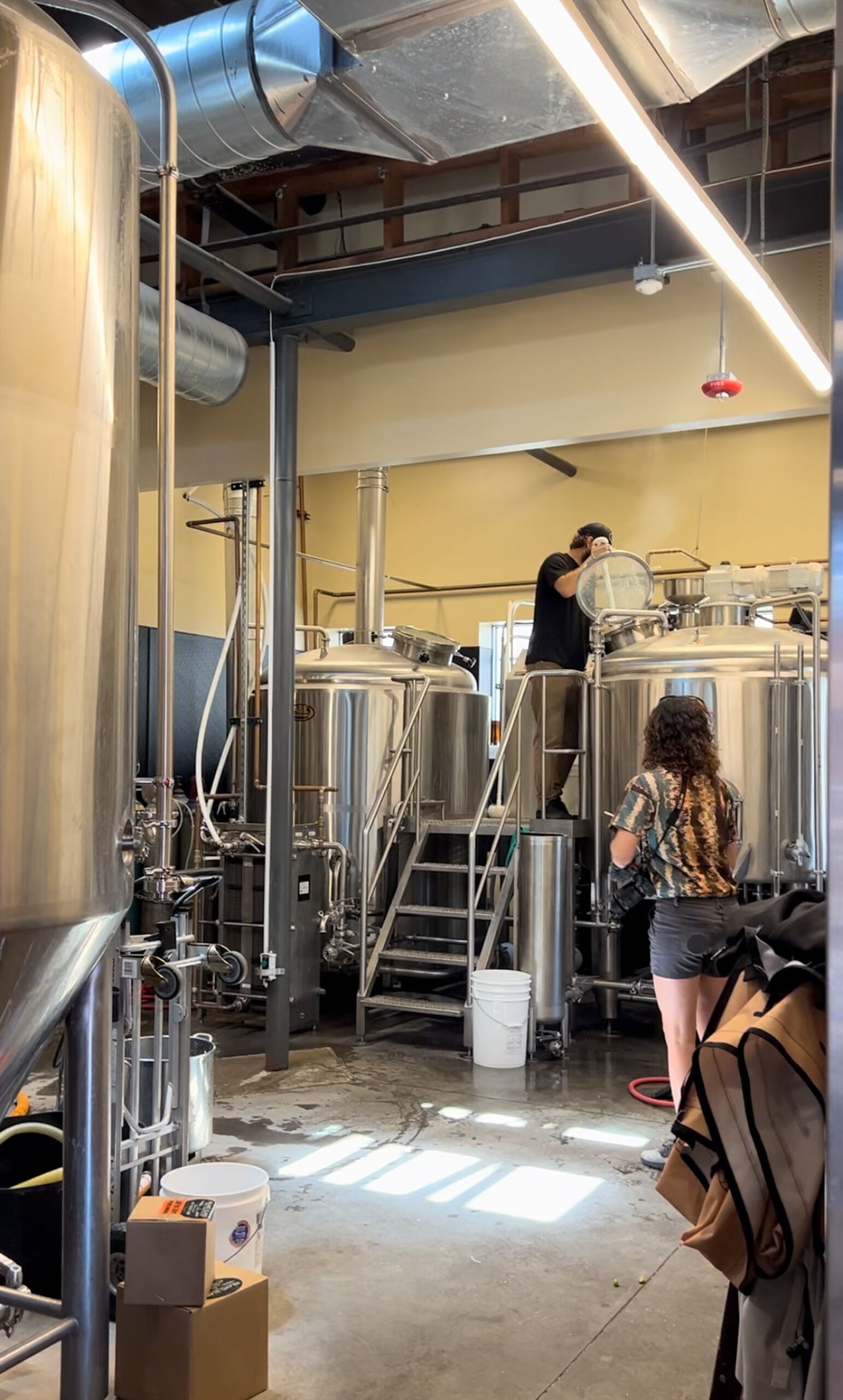How far would your favorite brewery go to make the “freshest beer on the market?” In Denver, Colorado, aviation-themed brewery FlyteCo Brewing is taking this challenge more seriously than any brewing business before—traveling nearly 400 miles roundtrip in a single day to transport “fresh-off-the-bine” hops back to its brewery to begin the process of making this adventure a reality.
FlyteCo is owned by pilot-turned-brewer Eric Serani, head brewer Jason Slingsby, and Morgan O’Sullivan — a team that is seemingly unmatched when combining a passion for aviation and adventure with beer-making mastery.
When I had the recent opportunity to join their team and a crew of airplane enthusiasts to embark on the annual “Fresh Hop Flight” pilgrimage flight, I jumped (10,000-plus feet high into the air via a four-person aircraft headed to Southwest Colorado).

